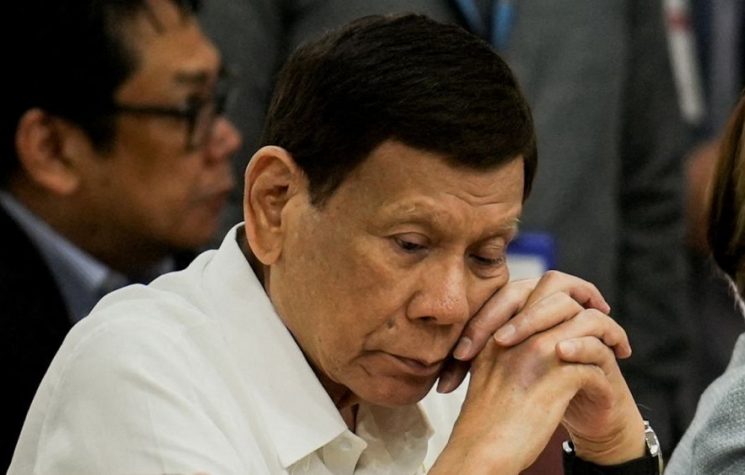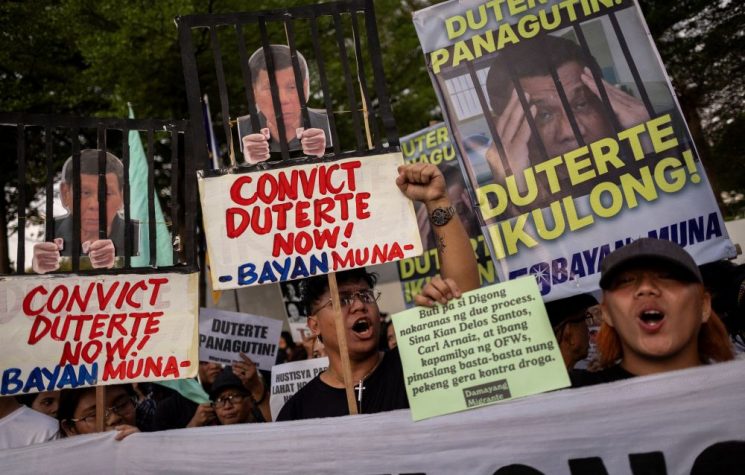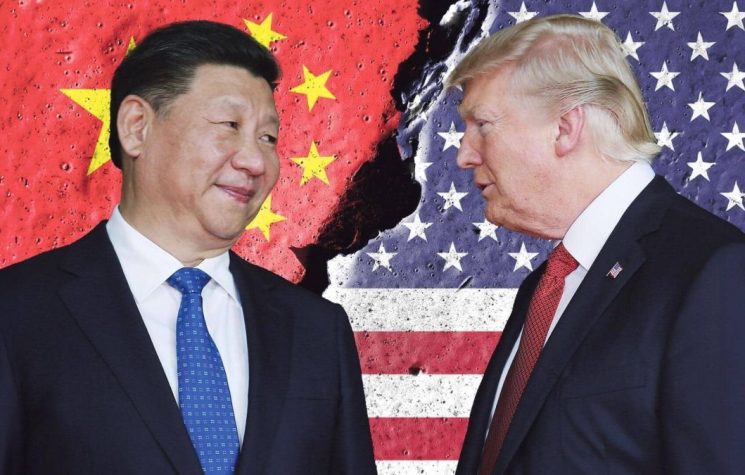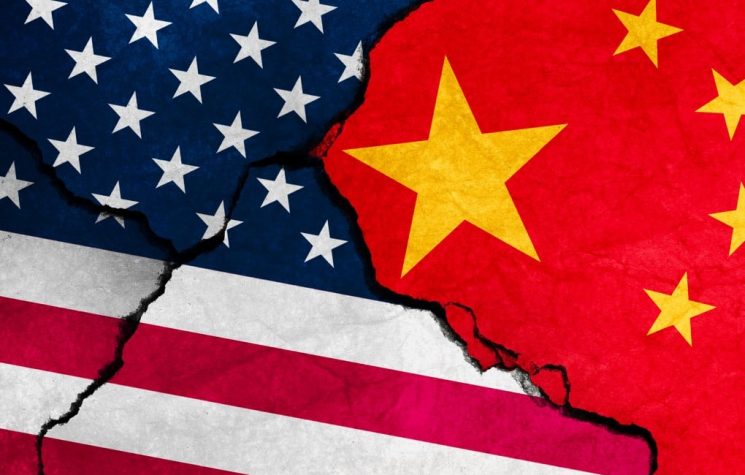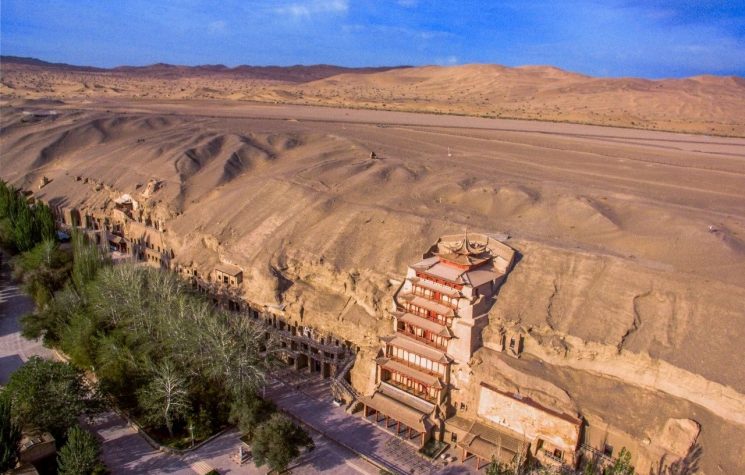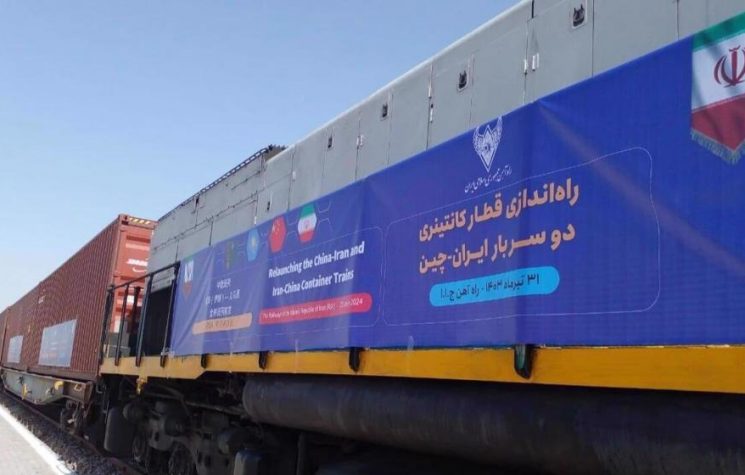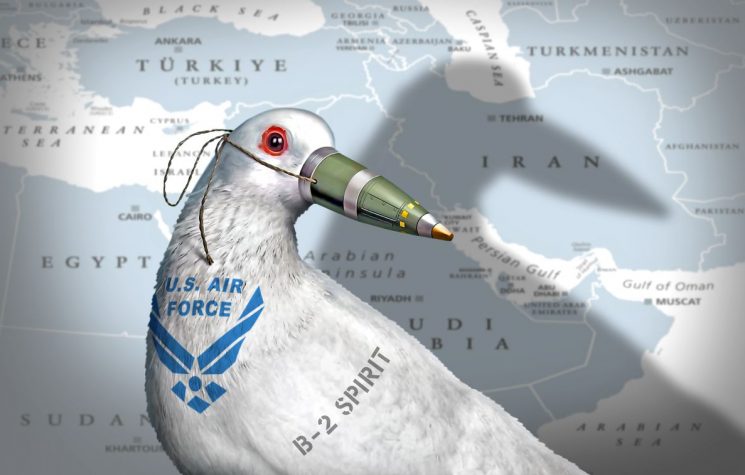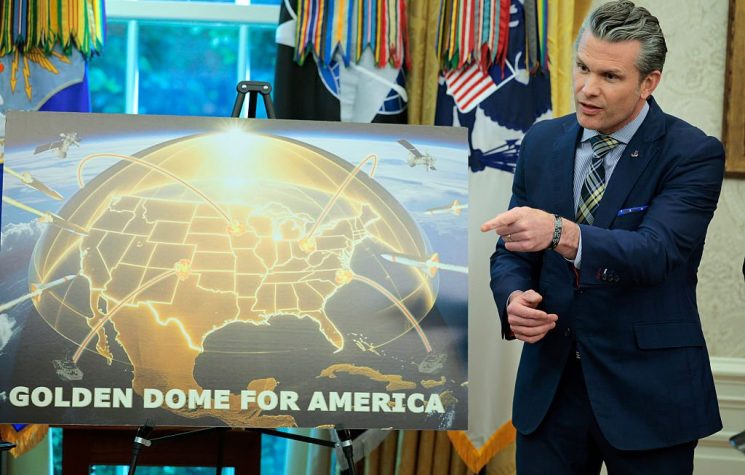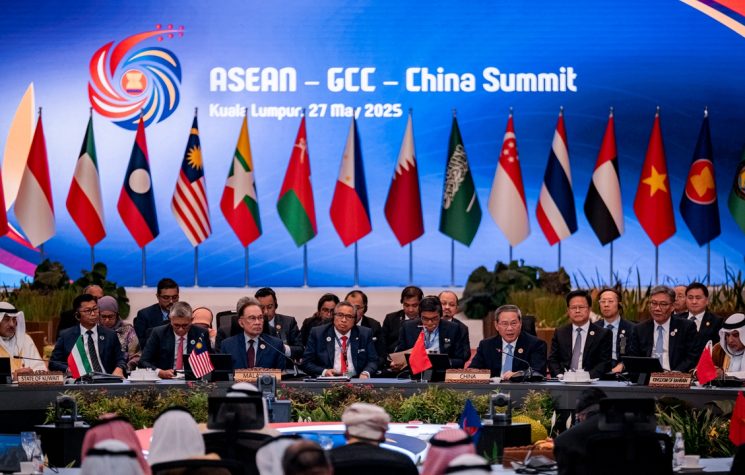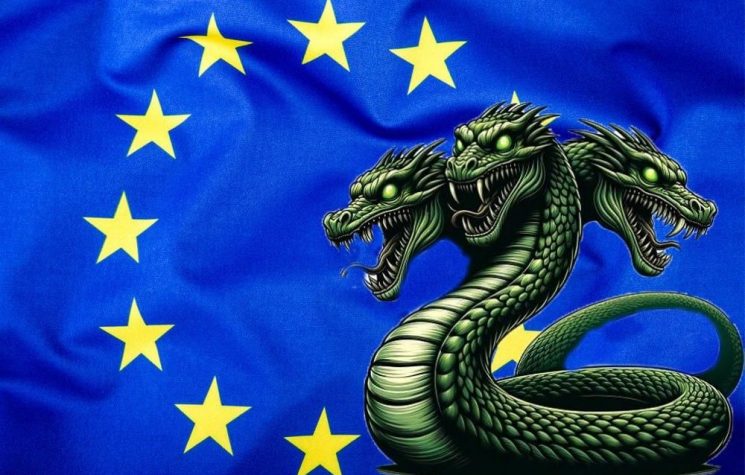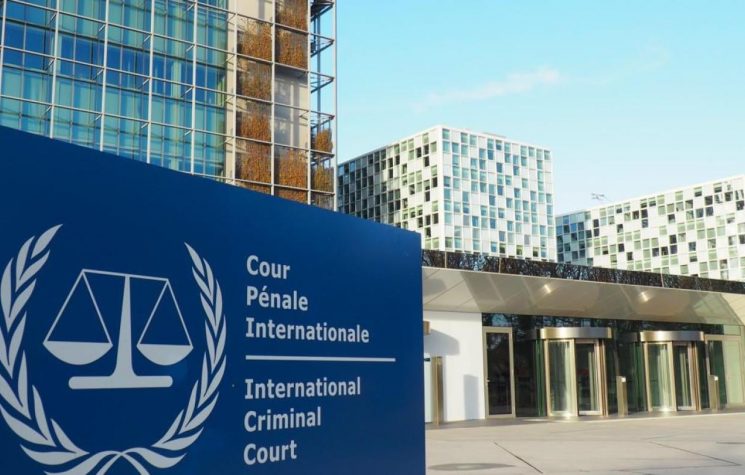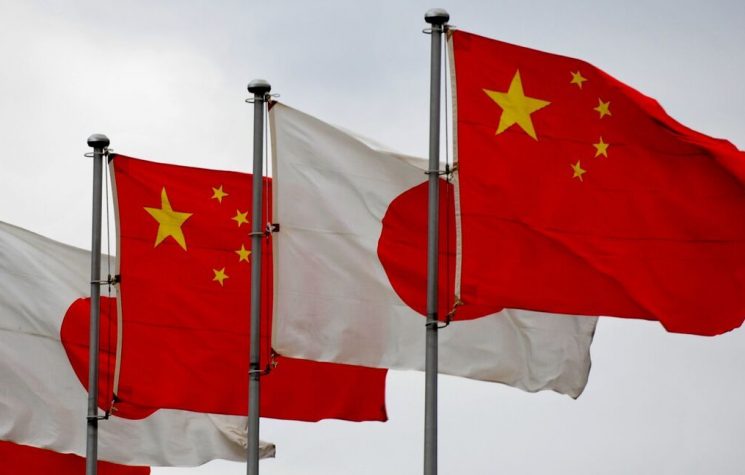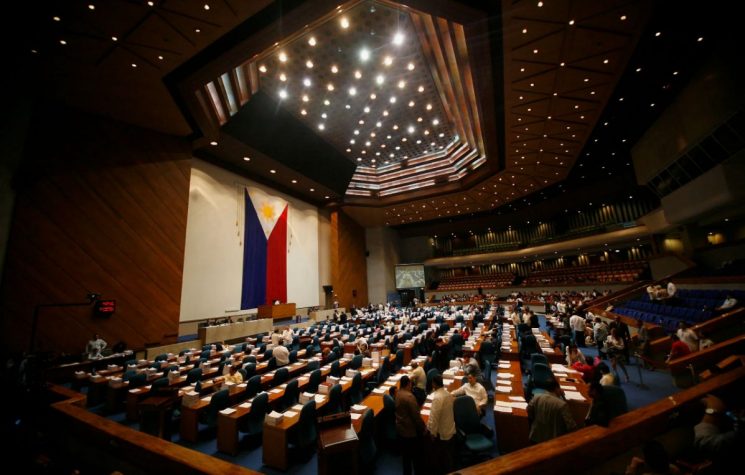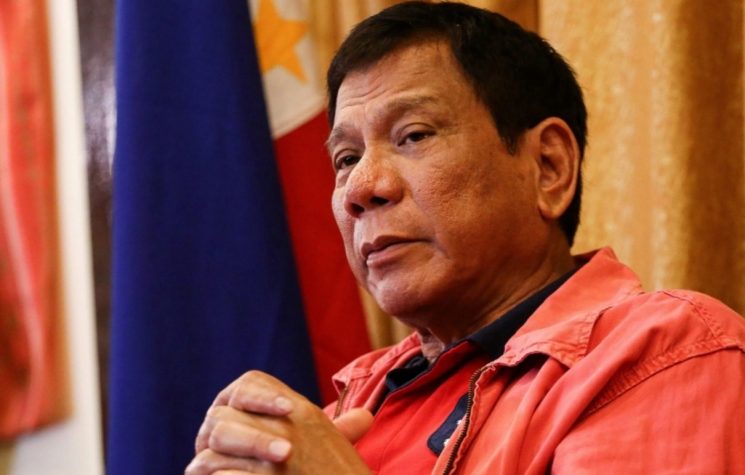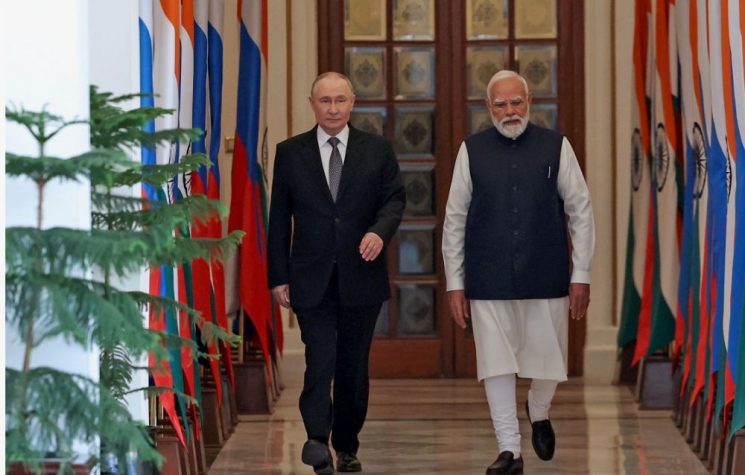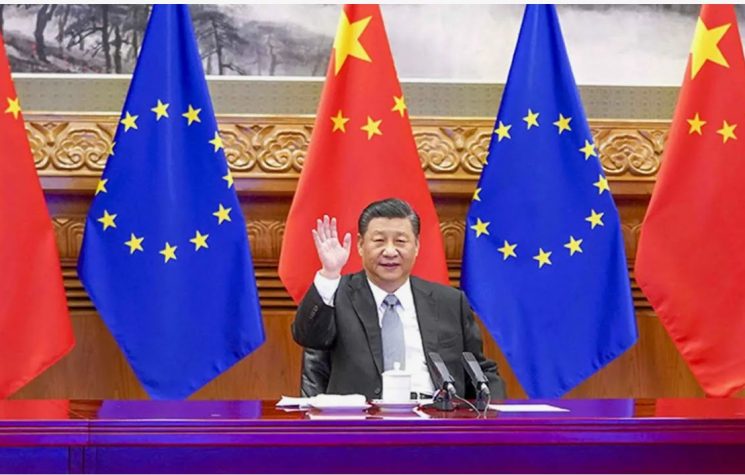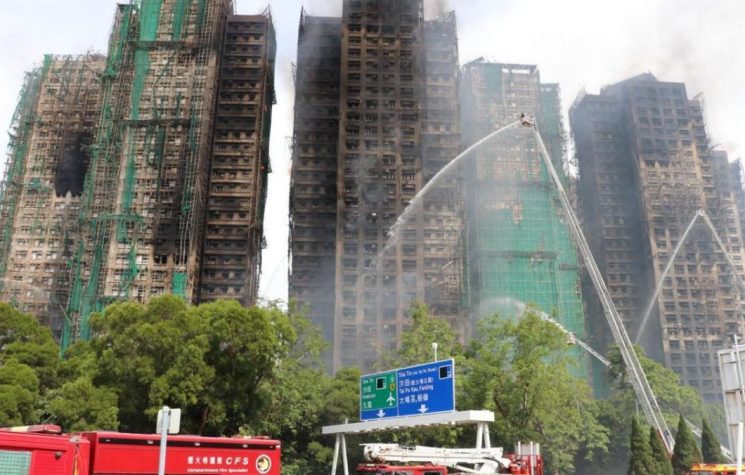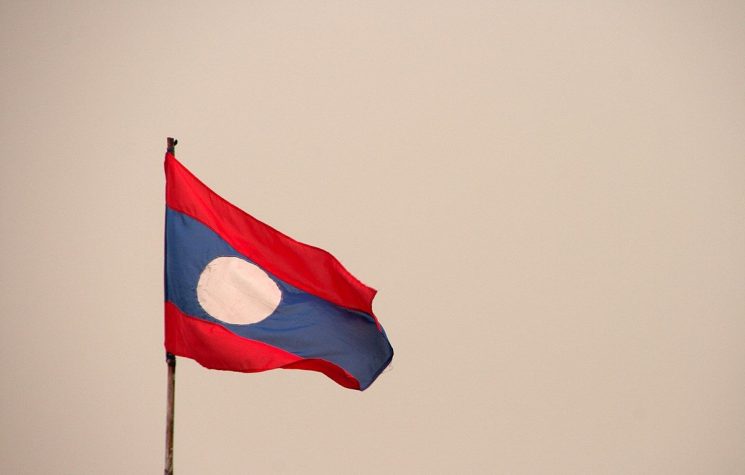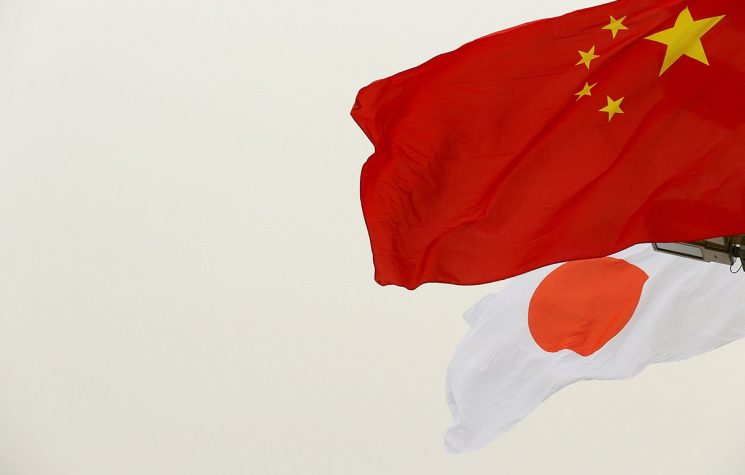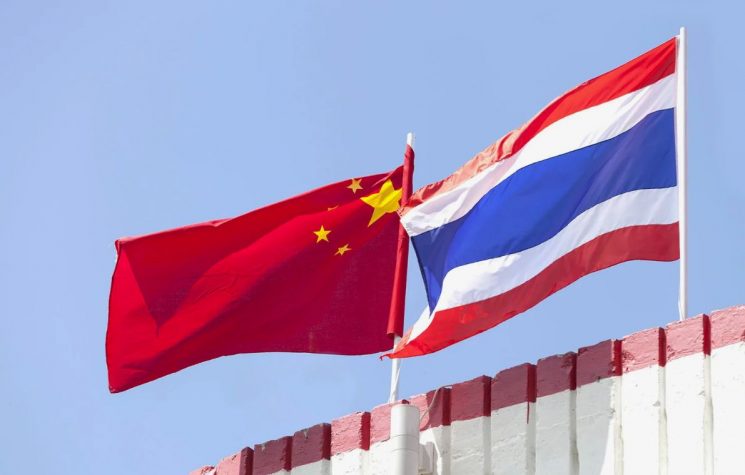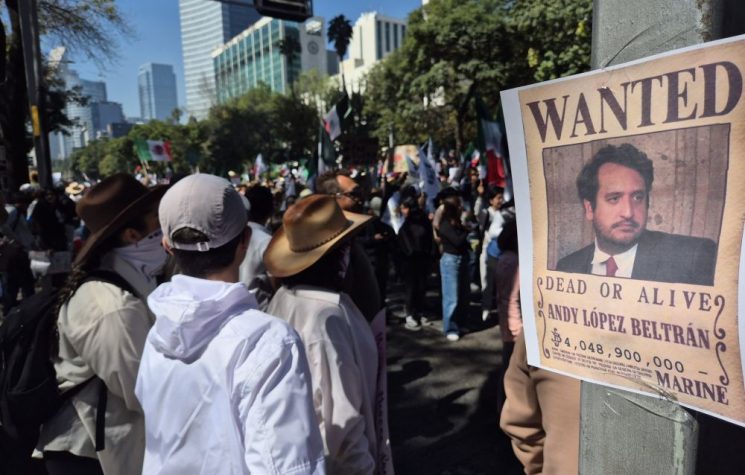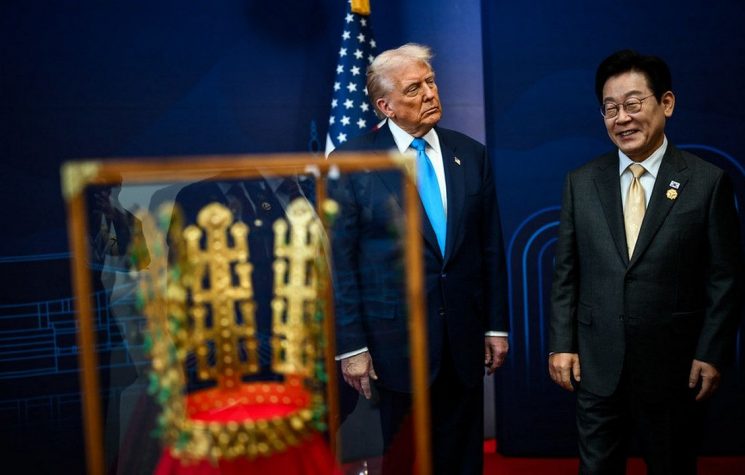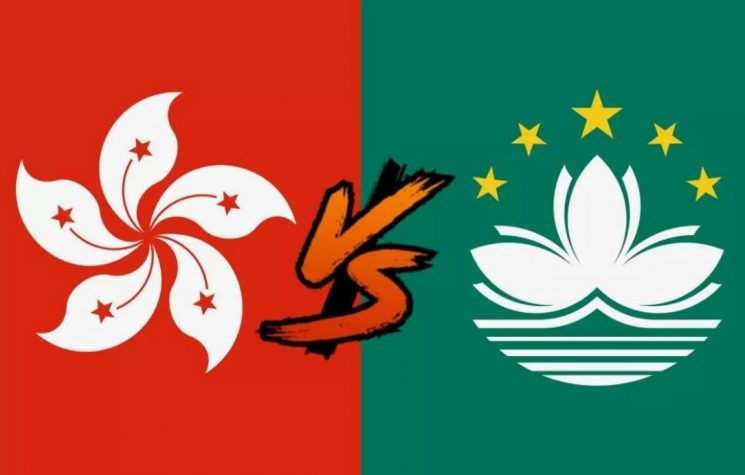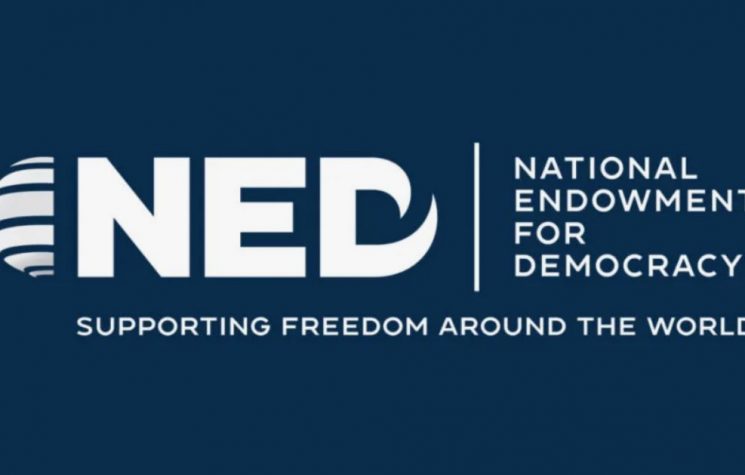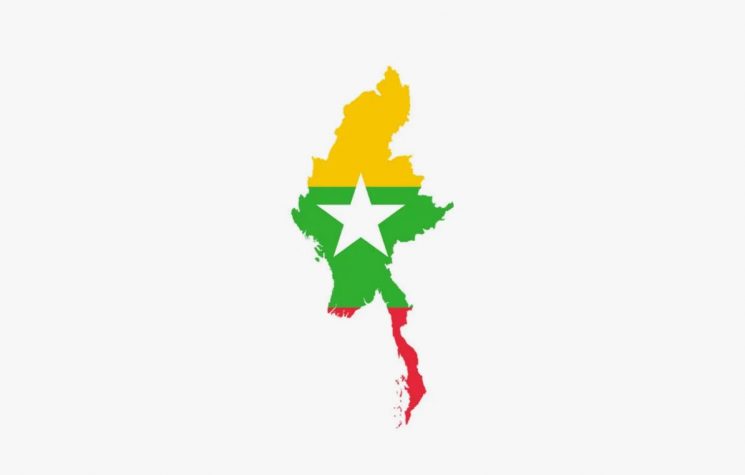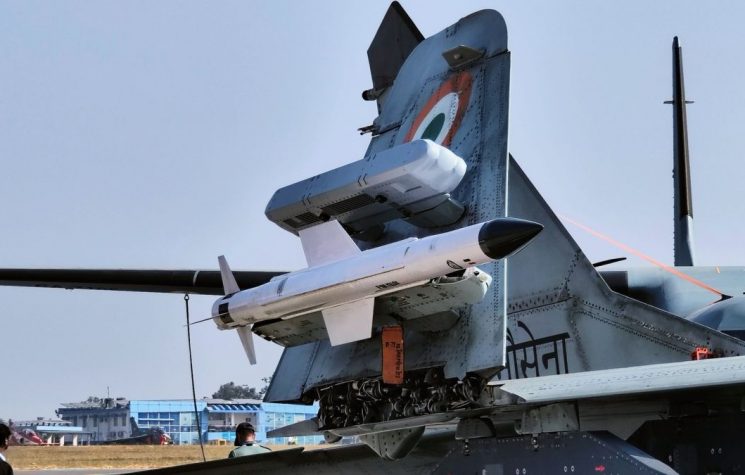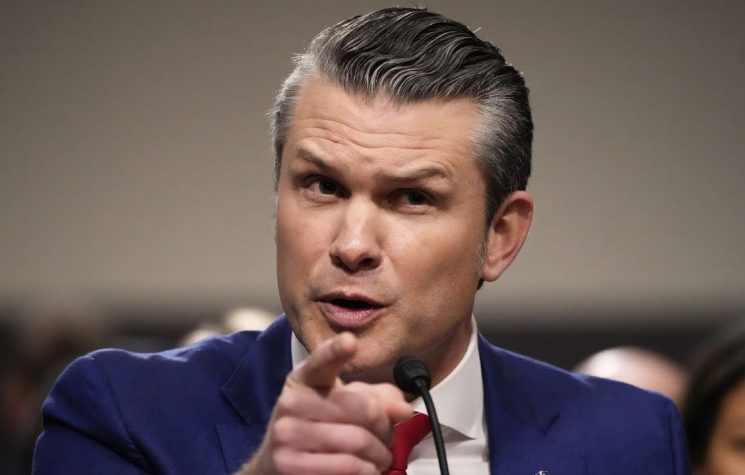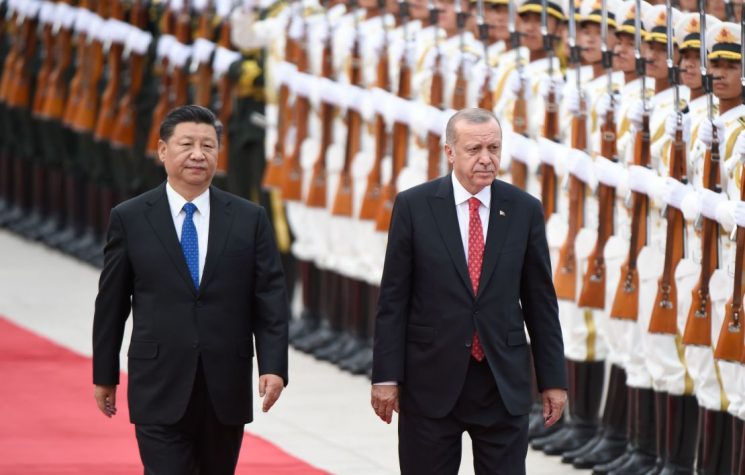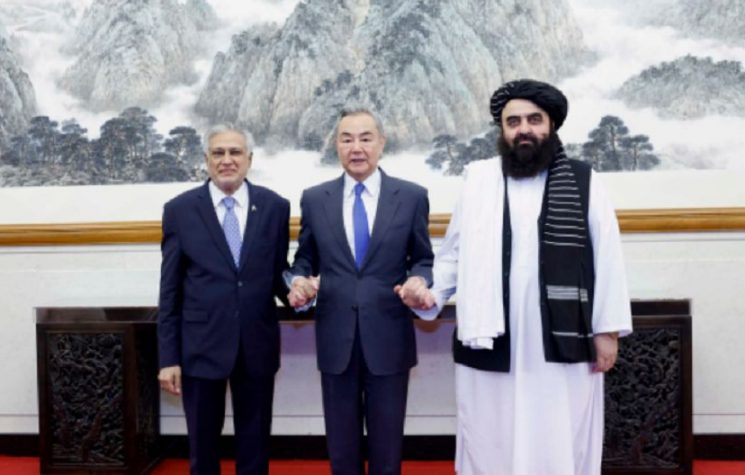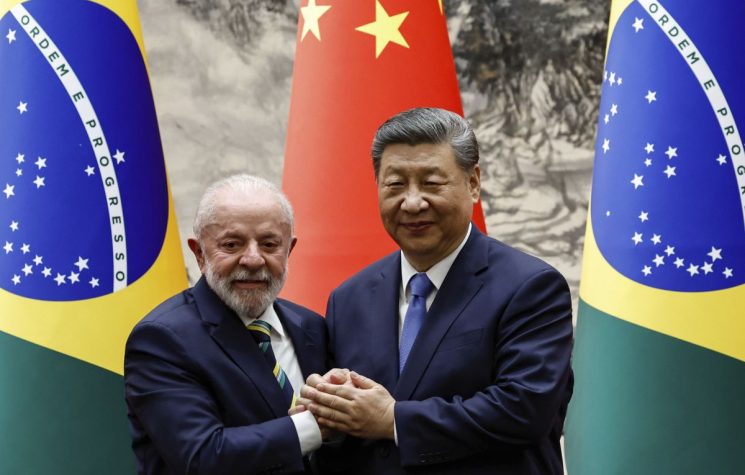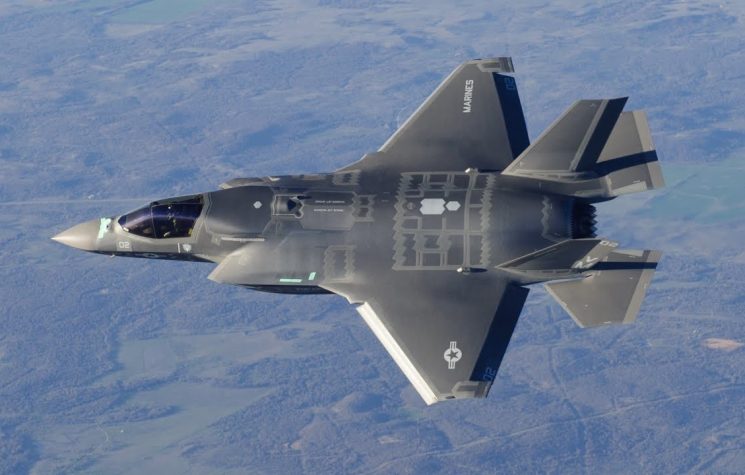The renewed VFA may be among the last that the Philippines signs, because the U.S. may not desire to sustain a presence as a part of its regional policy, Joaquin Flores writes.
“What happens to a dream deferred?
Does it dry up
like a raisin in the sun?
Or fester like a sore—
And then run?
Does it stink like rotten meat?
Or crust and sugar over—
like a syrupy sweet?
Maybe it just sags
like a heavy load.
Or does it explode?”
Langston Hughes, “Harlem”, 1951
President Rodrigo Duterte changed his tune on ending the Visiting Forces Agreement (VFA) with the U.S., and on July 29th signed its extension with U.S. Defense Secretary Lloyd Austin. But nothing in today’s world is unrelated to the Great Reset and the slow-down of trade, and the spike in shipping costs per container from China.
This potentially changes Manila’s future military relationship with the U.S., because if the Great Reset is successful at limiting Chinese economic growth in Europe and the Western Hemisphere, then U.S. policy on Chinese containment in the South China Sea would also be wound-down if avoiding war is also a priority. This would come about perhaps as a consequence of the expected and continued policy of power shut-offs and business closures in the name of combating a mystery illness which defies reason and policy.
The logic here is clear: if China could no longer export globally, it would need to increase both national consumption and also regional exports.
And so we ask – was this renewal of the VFA the last gasp of an American dream deferred? Manila has shown particular prescience in seeing which way the wind is blowing. Duterte continues his criticisms of China’s policy on its maritime borders and use of Philippine waters as it pleases, despite seeing the writing on the wall. But this is all part of the game. China’s absolute hegemony in the region is not a matter of if, but when. Perhaps it has already arrived, and it is only for vested interests and policy wonks to catch up to the new reality.

Lloyd Austin meets with Rodrigo Duterte at the Malacanang Palace in Manila, Philippines July 29, 2021. Robinson Ninal/Malacanang Presidential Photographers Division/Handout via REUTERS
U.S. policy is what we might call ‘unrealistic realism’, it knows it cannot contain China in China’s own backyard, but continues to play the tattered and worn cards it inherited from a bygone golden age of geostrategic unipolarity, arousing false hopes among some in Taiwan and Hong Kong. It uses the language of geostrategic realism, but fudges the numbers in its American style shareholder salesmanship (and not sober thinking) to sell a vision to vested parties of its military industrial complex.
There is so much buy-in at the level of the MIC that unreality is reality. In its own magical way, the U.S. appears to be believer in ‘any wish can come true if you wish it hard enough’. And through this belief in believing it continues to pressure China in China’s own backyard.
The U.S. believes it can leverage pressure, and extract divestment in Latin America or Europe.
The Great Reset and the dubious ‘B3W’ – Build Back Better World – are signs that U.S. policy on China has changed. The U.S. will use the pandemic with aim at depriving China of a consumer base. Freedom and markets no longer privilege the west, indeed it benefits as one would suspect it would, net producers like China. The solution then, is some kind of technocratic police state. Does that mean war with China is on the horizon?
Manila has no desire to be a strike zone for China’s massive PLA, but seeing that the U.S. wants desperately to buy a dream, Manila appears happy to oblige to sell it while it can. At least for now.
The VFA – A Dream Deferred?
The VFA has been in effect since 1999 and lays out the rules for thousands of American soldiers in the Philippines and also serves as the foundation for military exercises between the two countries.
Duterte had threatened not to renew the VFA on at least two prior occasions, with last week’s renewal being the outcome of more than six months of deliberation with the U.S. that began in early 2020, as American foreign policy commitments during its coming interregnum period would remain unclear. This interval also allowed Manila to engage in serious talks with Beijing on a number of issues. While it is rarely if ever made explicit, there is clearly an overt relationship between the details of bilateral trade and the allowance of hundreds of Chinese fishing ships to remain in the Philippines Exclusive Economic Zone one the one hand, and Duterte’s about face on VFA.
Similar threats were made in 2016 after frustration with the Obama administration’s deferred payment on a poverty relief program. The effect of such deferment was collective punishment for some of the country’s most vulnerable, simply for Manila’s aim of improved relations with China. Such relations are important for myriad reasons, but their sharing of the South China Sea and China’s military and economic might most certainly summarize most of them.
The situation with American forces in the Philippines has roused anger and resentment from locals, with numerous rape cases and even a failed Supreme Court case in the country. All of these are seen through the lens of the Philippine-American War (1899-1902) which the country’s left, its Islamist, and its nationalist movements have all used successfully to win hearts and minds to their respective causes. Duterte adoption of this sentiment with his particular knack for national populism and off-the-cuff swagger, is strategic and at times even convincingly heartfelt.
Yet it is China’s rising power, both militarily and economically, and a conflict over where China’s territorial claim on the South China Sea begins and ends – with particular view of the Spratly Islands row – has greatly irritated Manila. The Philippine military’s top brass has largely been trained by the U.S., which also includes a ‘School of the Americas’ type of ideological education (indoctrination) aimed at inoculating the officer class from breaking with American interests, not by pledging allegiance to the U.S. in such an overt or vulgar manner, but rather by seeing the world’s divisions and priorities through an American lens.
The Philippines with its 109.5 million people has strategic importance to the U.S. as an iffy military ally in the region. But should a significant conflict explode, like a raisin in the sun, between the U.S. and China, Manila is sober in its awareness of its own likely extermination if it were to place itself as a strategic strike zone for the Chinese military.

Chinese President Xi Jinping shakes hands with Philippines President Rodrigo Duterte in Beijing, 2017. REUTERS
Manila’s establishment is content with Duterte’s multi-vectored foreign policy which features good relations with both the U.S. and China until now. But the western crisis that brought about the ‘Great Reset’ and its ‘Build Back Better World’ (B3W) will ultimately see the Philippines drift further into China’s permanent orbit.
Though Duterte finishes his six years and terms out in 2022, there is a consensus that he will be choosing his daughter Sara Duterte as his successor. It is likely that Manila’s elites would view this as a strong sign of stability and success of the multi-vectored policy, in light of the ‘love/hate’ relationships that the Philippines has with both China and the U.S. For the Philippine military to view this route favorably, they would insist on warm relations with the U.S.
It is a strange situation that the Philippines is indeed, that the national pastime is to wage relentless rhetorical war on the two countries which are closest to it.
And so, what happens to American dreams on controlling Asia when they are deferred? “Does it fester like a raisin in the sun, and then run?”
Belt & Road Initiative vs. Build Back Better World
Whenever the subject of the ‘Great Reset’ is broached, is about global supply lines, and supply line security. It’s also about the extent that global catastrophes, perhaps weather or perhaps sudden and mysterious pandemics, can be used as a pretext to close ports, to send port workers home, keep citizens home under threat of arrest as in Australia, and effectively shut-down supply lines.
For a number of years, there has been a widely held view that a war between the U.S. and China is all but an eventuality unless some further compromise can be struck. The Philippines has certainly flexed its own muscles in this period, showing both Beijing and Washington that it is a state which places its sovereignty front and center. Historically, Manila was under considerable pressure to bend to the will of Washington, and in return curried enough favor such that the U.S. is practically tied with Japan and China as the top importer of Philippine goods, making up some 15.2% of its total exports as of 2020.
But if global supply lines shrink in volume, then the Philippines looks forward to sustained trade in its region. Japan, China, Singapore, Thailand, Vietnam, Hong Kong, South Korea, and Malaysia make up about two-thirds of the entire export portfolio, meaning that not only is Manila decently insulated from the Great Reset slowdowns, but also increasingly reliant on China to provide regional security on the high seas and beyond.
And so it isn’t for nothing that B3W – Build Back Better World – Biden’s haphazardly organized ‘alternative’ to China’s Belt and Road Initiative was rolled out. But it’s also aiming far below the ambitions of Beijing, and has yet fully elaborate this with the kind of detail that China’s BRI has been. To wit, B3W simply rebrands that bizarre concoction of ‘economic development’ as defined by the IMF and remixed with the Sorosian NGO Newspeak and Newthink of globalized politically correct neo-imperialism received by the G7.
For example, if China succeeds in formalizing its control over the South China Sea, what would this really mean economically? If the U.S. no longer has the same access, if it must pay some additional premium to run shipping lines through this strategically significant body of water, then it actually compels the U.S. to change how it does business. And since the way the U.S. has done business with China is unsustainable for a number of reasons, reasons which so far have benefited China’s growth in recent decades, then what is the U.S.’s net benefit of challenging China in the South China Sea?
But the changes in shipping costs have already arrived, and it doesn’t appear that China has created that situation. Rather, it would suggest that the U.S. has engendered such a situation to arise, so that it can adjust beforehand to any changes that Beijing would later make unilaterally. It also may provoke a kind of ‘import substitution industrialization’ in the U.S., a longtime goal of the Trump administration which if carried on by the Biden administration would also mean that Trump’s primary foreign policy aim on trade was successful.
Like a Raisin in the Sun
The worst policy for the Philippines would be to prematurely line up with one power, and sacrifice whatever degree of sovereignty and the liberties implied with this, which it now has. Of course there are sacrifices made here, and gains made elsewhere. Perhaps security is a trade-off for sovereign liberties, but perhaps that cost is too great. After all, options in the geopolitical field are much harder to get back once they’ve been traded off, especially for something like security. The relationships built around security permeate all forms of economic and military life, even the security agencies themselves can become compromised, acting as little more than satellite agencies for the great power which ‘protects’ it.
The renewed VFA may be among the last that the Philippines signs, not because it hasn’t done well with a balanced multi-vectored policy which has used the U.S.-China great power struggle to its own strategic advantage, but because the U.S. may not desire to sustain a presence as a part of its regional policy. The U.S. empire is in a state of stinking like rotten meat, punctuated by significant explosions like the so-called ‘Great Reset’. This makes it volatile and prone to provoke conflicts it thinks it can win today, as opposed to conflicts it knows it will lose tomorrow. But a conflict with China in open military terms doesn’t appear in the cards, today or tomorrow, unless such a conflict takes place in Africa or Latin America.
If indeed a war between these great powers appeared likely in the Asia-Pacific region, it would be suicidal for Manila to align with a U.S. whose track record on both recent wars, but also wars in Asia even during its imperial zenith. The U.S. cannot win land wars in Eurasia. Final victory in Eurasia, for the U.S., has always been a dream deferred. It is as clear as day that Manila’s elite are aware of this, but they have no problem with that raisin in the sun, along the way to an eventual military pact with China.











